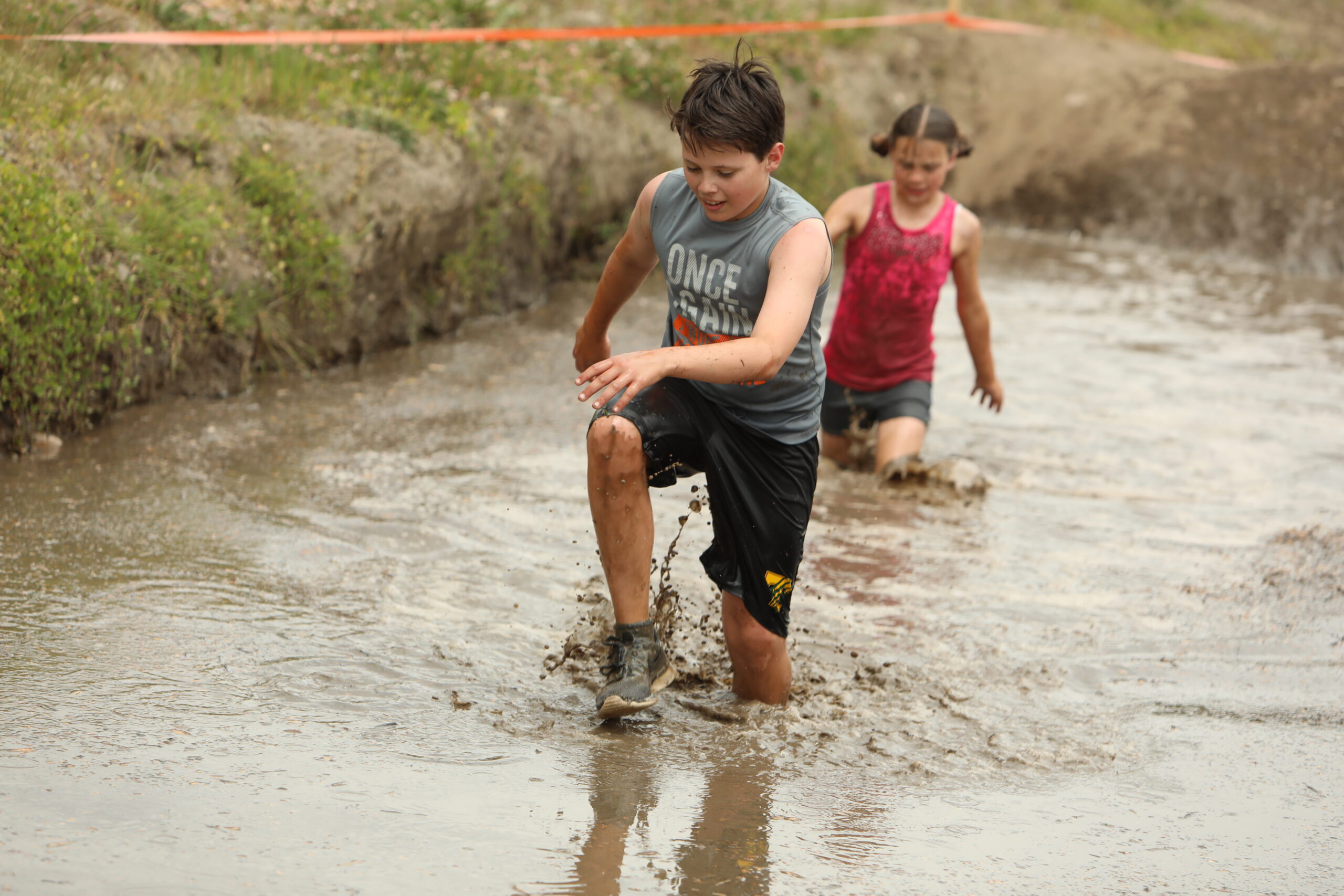Although running barefoot was the preference of many running legends, it can’t be denied that running shoes are your most important equipment as a runner. It acts as your first line of defense against any danger and injury, while helping you achieve your fullest potential. But because running shoes greatly affect your performance, choosing the best pair should be a careful process. To help you, here are a few buying tips.
- Know your foot type. There are three types: neutral-arched, mid-arched (overpronators), and high-arched (underpronators). One way of identifying your foot type is by checking your footprint. A neutral-arched foot shows a distinct curve along the inside of the foot, which connects the heel and the toe. This type of foot pronates normally, meaning that when the foot lands, the outside of the feet rolls inwardly in order to absorb shock. The mid-arched foot, in comparison, rolls far too inward so that the print shows a slight curve along the outside of the foot.
Mid-arched foot print looks almost like an entire foot; hence, the nickname flat foot. Among the three, a mid-arched foot is the most prone to injuries. High-arched foot, on the other hand, doesn’t pronate enough, which is why its print has a very pronounced curve, showing a narrow band that links the heel and toe. Because the outside of the foot doesn’t evenly roll inward, it gets much of the stress.
- Choose the shoe that is compatible with your foot type. For neutral-arched feet, stability running shoes are appropriate. Made with supreme durability and cushioning, stability shoes offer medial support. Mid-arched foot runs best with motion-control shoes that function to reduce excessive foot inward rolling. Although quite heavy, they are durable, have firm midsoles, and adapt a straight shape for support. To promote foot motion, people with high-arched feet need to wear cushioned shoes. These have a soft midsole and curved or semi-curved shape.
- Take note of the size. And make sure that the shoes fit you right. Some runners, however, mistake the appropriate fit for tightness. But with tight shoes on, you might end up with blisters and black toenails. The shoe with the right fit has about half-inch space in the toe box, leaving enough room for the foot when it swells during a run. The best shoe, without cramming it in, keeps the foot in place so that when you run or walk, the heel does not slip up or down.
- Try the running shoes on. Run with them. Jog with them. Walk with them on a treadmill. In other words, never leave the store without finding how the shoes work in your feet. To make a better judgment, use the socks you normally wear when running. Another important point: Try shoes on in the afternoon, when your feet are their largest size. And because both feet have different measurements, one is always larger than the other, make sure to measure both and go by the size of the larger foot.
- Avoid being floored by style. When it comes to running shoes, function comes before style. So don’t be tempted to buy the handsomest, most stylish, and latest pair in the market; rather, get the shoes that will most likely allow you to perform superbly.
